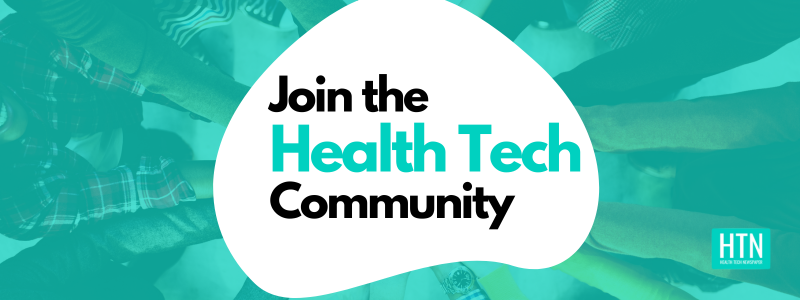Hampshire and Isle of Wight Integrated Care System (ICS) presented at one of our HTN Now Focus events late last year, sharing key learnings and experiences acquired from its Population Health Management journey.
For this webcast we were joined by Faye Brooks, Head of Population Health Management at Hampshire and Isle of Wight ICS.
To introduce the session, Faye said: “I have been asked to go through where we are as an ICS in terms of our Population Health Management journey and share with you some of our successes and challenges, but also some of our key practical learning points we have gone through so far.”
Explaining more about the Hampshire and Isle of Wight ICS, and the context of its population health and care needs, Faye said: “We are a population of 1.8 million; we have 152 GP practices across 42 primary care networks; we have two CCGs; four local authorities; two community and mental health trusts and one ambulance trust – and many more organisations that sit within that.
“We talk very much around our leading causes of premature death, around cancer, CVD [cardiovascular disease], respiratory [disease], dementia, type 2 diabetes, and we have a very high proportion of older people living in Hampshire and Isle of Wight.”
Describing what Population Health Management entails and how it is implemented, Faye stated: “For the context of our implementation and all the work we are doing so far, we are aligning ourselves with the NHSEI description of what Population Health Management is. Essentially, we are using joined-up data, predictive analytics and partnership working to move and shift from a reactive to a more proactive model of care for our vulnerable groups. It includes approaches such as re-stratification and segmentation, but [also] identifying at-risk cohorts using historical and current data to meet their needs.”
Speaking on how Population Health Management can be tailored to the requirements of different communities and groups, Faye added: “We are able to effectively prioritise and target resources on individuals, cohorts and communities who will benefit the most from interventions. We also have accurate segmentation to protect the most vulnerable groups and manage COVID and other health conditions.”
Discussing some of the principles which constitute successful Population Health Management, starting with infrastructure, Faye said: “We are looking at infrastructure in the wider sense; looking at the leadership piece, at decision making and enabling governance, so we imbed governance that is agile enough to empower local teams to make that decision making. This then enables innovation, thinking and learning to come through at all different levels.
“We’ve got a journey and a way to go, and each part of governance will look different depending on each of the local systems, but that very much is one of the things we’re working with as we are rolling out, to look at local versus system governments and how the two can be pulled together.”
Discussing how the contribution of the local population has aided designing and implementing new, proactive integrated care, she said: “Care model design and citizen co-production have come together to design interventions that are fit for purpose.
“We have spent quite a lot of time working with our leadership teams to go through ‘what is the art of the possible?’, ‘what is the ambition as an ICS?’, ‘how do we want to drive that forward?’ and ‘what are our intentions?’, so we can then detail out our roadmap. We have had really strong clinical leadership which has been absolutely critical for the success so far.”
Casting her mind towards the challenges of implementing Population Health Management during the pandemic, Faye stated: “I don’t think it will be any surprise that starting something at the beginning of a pandemic – and in terms of capacity – was a challenge. The capacity as well, particularly in winter, was always going to be an issue – it’s never going to be easy. So, obviously, we are really grateful for the ongoing support and engagement we have from the system in order to develop at pace as we are continuing.”
To conclude, Faye summarised the key learning points gained from the approach. These, she stated, include engaging early with senior stockholders to maximise investment opportunities, investing in the core delivery team, and discussing data sharing early. “Really engaging early with people to set the expectation of what can be delivered and achieved is absolutely critical”, said Faye, before raising the importance of adopting a hybrid working model of virtual and in-person collaboration.
Click on the video below to see the full session:




